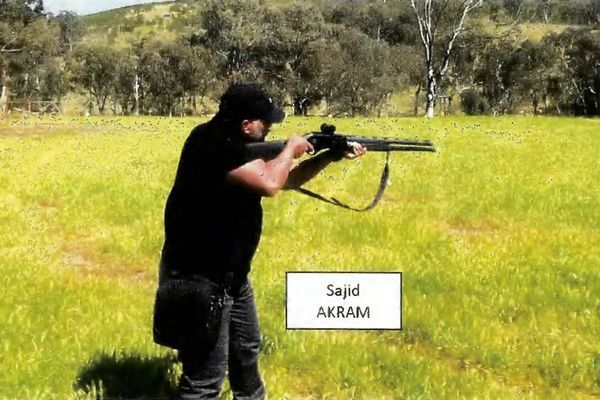WILDFIRES swept across Europe in July following a record-breaking heat wave, leaving devastation in their wake and intensifying concern over the growing threat posed by climate change.
The Marseille wildfires injured 110 people, including nine firefighters and 22 police officers, while Spain and Portugal have been battling fierce blazes over the past week.
The blaze in France erupted early on July 8, near Les Pennes-Mirabeau, north of Marseille, and quickly consumed an estimated 1729 acres (2.7 square miles). Authorities report that the fire began after a car ignited on the motorway, sparking flames that rapidly spread through the region’s dense vegetation.
WIDESPREAD BLAZES
ANOTHER major wildfire in France near Narbonne broke out, burning close to 2000 hectares and driven by 60 km/h (40 mph) winds.
In Spain, wildfires erupted in Catalonia’s Tarragona province, prompting authorities to ask 18,000 residents to remain indoors.
Meanwhile, Greece saw 41 wildfires break out on one day alone.
The UK, too, has seen major fire events. On July 9, a wildfire destroyed 30,000 acres (46 square miles) of moorland on Dava Moor, forcing the temporary closure of the A940. Authorities suspected it may be a re-ignition of smouldering peat from previous fires.
WHY IS THIS HAPPENING?
THE Intergovernmental Panel on Climate Change (IPCC) has concluded that climate change has significantly increased the risk of hot, dry weather – ideal conditions for wildfires.
Professor Zak Campbell-Lochrie, a fire science lecturer at the University of Edinburgh, researches the dynamics of wildfires, their causes and potential mitigation strategies.
He says: “As a lecturer in fire science, I study the behaviour of wildland fires and work to develop improved modelling tools to allow more accurate prediction of wildfire behaviour.
“In doing so, I draw upon my background as a mechanical engineer, to design and undertake fire experiments … to understand the key physics processes controlling the fire dynamics.
“It is certainly plausible that a car fire on an area of highway near to natural vegetation could act as an ignition source for a wildland fire – the number and variety of potential wildfire ignition sources is vast.”
Asked about the influence of steep slopes and vegetation density, Campbell-Lochrie says: “All of these factors mentioned above can certainly affect wildfire behaviour and contribute to increased fire intensity or fire spread rates.
“The presence of high winds and strong gusts seems to have been a particular feature of these Marseille fires with the role of the Mistral wind highlighted by many others.”
WHAT CAN BE DONE?
CAMPBELL-LOCHRIE stresses the importance of international co-operation in responding to the rise in wildfires.
“Sharing of best practice and lessons learned across borders and continents is vital,” he says.
“Last year, we saw the UK Wildfire Conference hosted in Aberdeen, which brought together fire agencies, scientists and industry partners from around the globe.
“You should follow the advice of the Scottish Fire & Rescue Service. Avoid the use of open fires and always make sure that the fire remains supervised and under control.”
He urged the public to adhere to the principle of “leaving only footprints”.
In terms of personal safety for residents near high-risk areas, he recommends “preparation and ensuring you have a clear plan in place in case you are affected by a wildfire – maintain a safety zone clear of vegetation and other fuel around your home”.
Campbell-Lochrie, like many experts, also points to the role of climate change in a shifting global pattern.
“We have already seen reports such as those issued by the Intergovernmental Panel on Climate Change which unequivocally discuss the role of anthropogenic climate changes,” he explains.
“The Met Office has already projected a lengthening of the typical wildfire season.”
MITIGATING THE RISKS
THE wildfire expert is also at pains to caution that wildfire risks are often underestimated.
“Nearly all wildfires are as a result of human actions, whether accidental or deliberate,” he says.
“It’s important to be mindful of these risks at other times of year as well.”
He also highlights the evolution of fire science: “Wildfire science has been particularly active in North America and Australia.
“However, many of these operational models have been in use for more than half a century now … we are urgently working to develop the next generation of fire behaviour models.”
Emerging technologies, including UAVs, drones, machine learning and satellite-based remote sensing, are already contributing to improved wildfire detection and predictive modelling.
“We can all play our part when it comes to wildfire prevention,” Campbell-Lochrie says.
“It’s important we remember not just the direct effects of wildfires but also the indirect effects ... It really is vital that we all do pay attention to wildfire danger warnings.”







